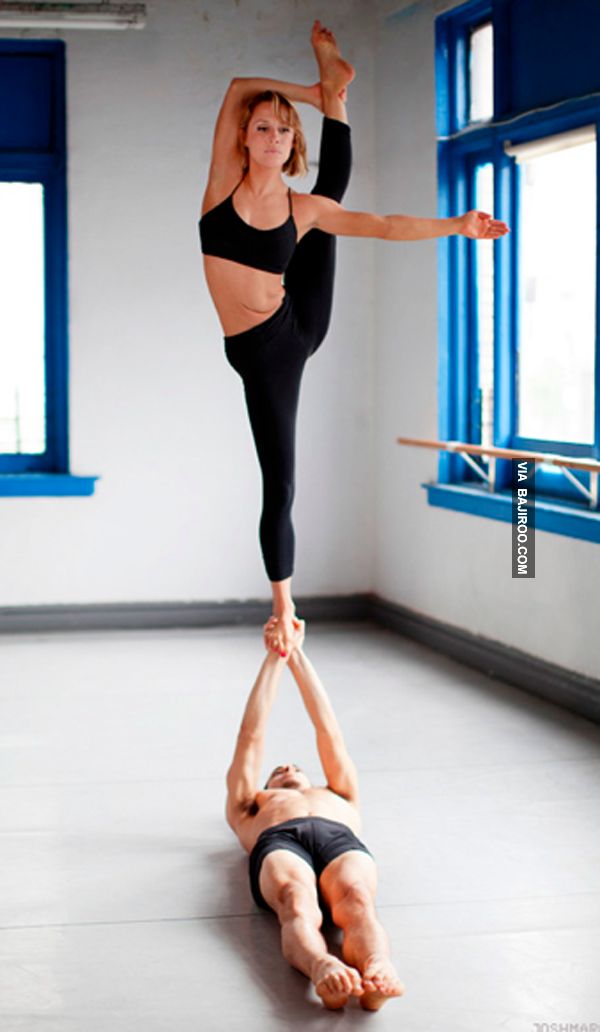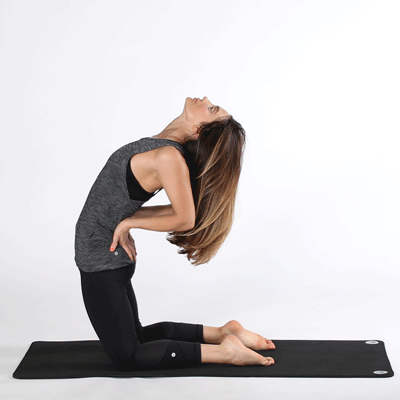
Beginners to yoga may find it difficult to master the more difficult poses like the Cat/Cow or Plank pose. You should begin with the easiest positions first in order to master them. In this article, we'll cover some of the most common beginner poses, including the Seated Spinal Twist and Downward Dog. Additionally, we will cover important safety tips so you can avoid any injuries when performing these poses.
Plank pose
Plank pose, a basic yoga exercise for beginners, is the best. This traditional yoga pose builds strength and endurance, strengthens your core, arms and legs. The benefits of holding the pose for a long time increase mental focus and concentration. After you've finished your yoga practice, you will be reaping the mental benefits that plank offers. You'll be amazed at how strong it makes you feel once you start.

Downward dog
For beginners, Downward Dog may feel uncomfortable at first. Stand about four feet from a wall to test it. Your hands should be pressed against the wall while you bend your knees. Make sure to keep your lower body perpendicular to the floor, and extend your legs. To decrease pressure and discomfort in your wrists, or lower back, you can place a piece of wood under your wrists. If you do experience pain, rest for at least five minutes.
Cat/Cow pose
Beginning students can do the Cat/Cow position while sitting. The key difference between the two poses is that the Cat pose involves raising your chest and lowering your chin while the Cow pose requires that your head and shoulders are lifted. Beginners should remember to exhale throughout the movement in order to maximize the stretch. This will prevent any injuries to the joints or muscles. This is how to do the Cat/Cow Pose.
Pose of the Seated Spinal Twist
For beginners, the Seated Spinal Twist yoga pose is a good one. It is a stretch for the spine, shoulders, hips and lower back. It massages the abdominal organs. It can help relieve tension in the neck and lower back. For beginners, they can practice the pose at their home or work. The spine twisting pose of the seated spinal twist can improve posture and give the body a sense of relaxation and openness.
The pose of a child
Balasana is a child's pose and one of the easiest yoga poses. While it requires very little skill, it does require some practice to get the right form. For a healthy spine and neck, it is vital to maintain a neutral position. This can cause neck discomfort. Here are some suggestions for beginning Yoga practitioners.

High lunge pose
If your hips and shoulders are tight, high lunge pose can help. It is extremely easy and can be done any time of day or night. Make sure you align your body correctly. If your knees are sensitive you can put a blanket beneath them. To extend your lunge, put your feet together and hug you inner thighs. Alternately, you could use a block of yoga or a wall to deepen your lunges.
FAQ
Which yoga style is best for beginners?
Many yoga styles and poses can confuse beginners.
Hatha Yoga is the most popular type. This yoga focuses on flexibility and physical strength. It can also be used to relieve stress and improve your concentration.
Kundalini Yoga is another popular style that involves meditation and breathing techniques. This practice has many health benefits including increased flexibility, balance, power, and strength.
Yin Yoga can be another option for beginners who wish to calm their minds and relax. Yin Yoga emphasizes holding poses or postures for more extended periods.
Do I require special equipment for yoga?
Yoga is a sport that can be done without any special equipment. However, you may prefer using specific props such as blocks, straps, and blankets.
If you are interested in buying these items, please check out our Yoga Equipment Guide. We recommend choosing products made of natural materials as opposed to plastic.
What happens to your body if you do yoga every morning?
You feel calm, relaxed and center. It improves balance, posture, and flexibility.
You become more aware of your body and how it feels when you move. This awareness will make you more conscious and mindful of yourself.
Your concentration can also be improved by yoga.
Your mind is sharper, clearer, and more focused. It calms the nervous system. It helps to reduce stress levels. It also gives you a sense if peace and well being.
Are there any yoga classes for people with special needs?
Yes, many yoga studios offer specialized classes to accommodate people with disabilities. These include:
-
Individuals with physical limitations who want to improve posture
-
People with limited mobility
-
People with arthritis
-
For those who have suffered injuries
-
The elderly
Encourage your friends and family to sign up for these classes if they are interested.
Do I need heat before I do yoga?
No. It is not necessary to warm up before you begin a session of yoga.
However, if your muscles are stiff or sore, stretching them before exercising can help loosen them up.
Does yoga make me look like a hunk?
No! You will not look like a Hollywood star after practicing yoga. On the contrary, you'll look leaner, stronger, more flexible, and toned.
Statistics
- About one in seven U.S. adults practiced yoga in the past 12 months, according to a 2017 national survey. (nccih.nih.gov)
- According to calorie estimates calculated at Harvard Medical School, the average 125-pound person burns about 120 calories in a half hour of hatha yoga, and a 185-pound person burns about 178 calories in that half hour. (everydayhealth.com)
- A 2020 review of 27 studies (1,805 total participants) of yoga interventions in children or adolescents found reductions in anxiety or depression in 70 percent of the studies, with more promising results for anxiety. (nccih.nih.gov)
- The people in the yoga group were 37 percent more likely to have quit smoking by the end of the 8-week program. (nccih.nih.gov)
- Lock in 25% off your Founding Member rate. (corepoweryoga.com)
External Links
How To
Can I do yoga during pregnancy?
Being pregnant can impact your ability to perform certain poses safely. Before starting any new workout routine, you should consult your doctor.
You can still perform many poses during pregnancy. These are some ideas:
-
Weight lifting should not be done above the shoulders by pregnant women. Instead, consider dumbbells or resistance bands that are lightweight.
-
Avoid deep twists as they could place pressure on your belly.
-
You should avoid backbends, at least until you give birth. They can strain your lower back.
-
Before you deliver your baby, make sure to not sit on your stomach or cross-legged until the delivery.
-
Do not do inverted poses such as headstands or handstands unless your doctor has cleared you.
-
Do not exceed 30 minutes of practice per day.
When you're ready, you can continue doing yoga throughout your pregnancy. Your doctor will let you know when you are ready for yoga.